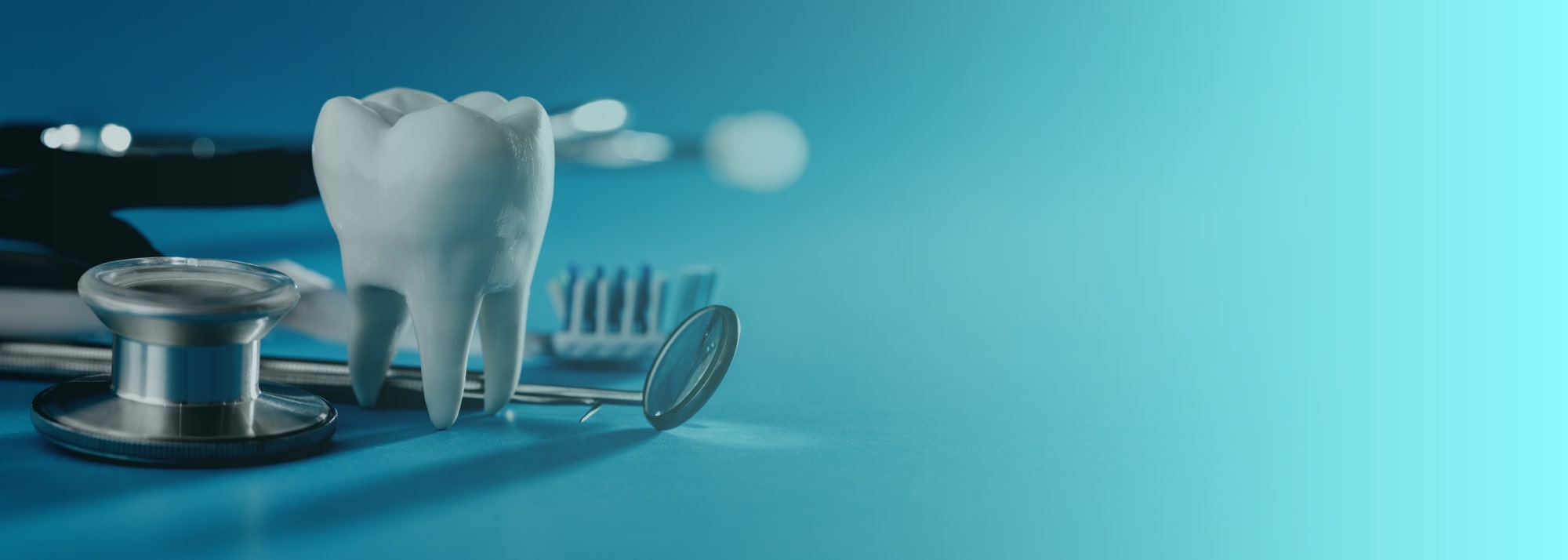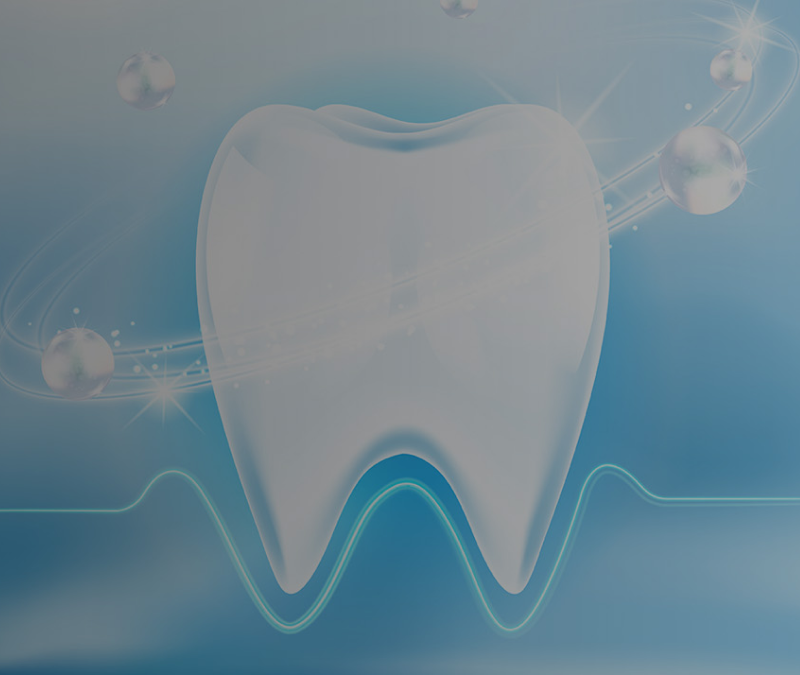Dental services at Ramesh Hospitals are delivered in collaboration with Duhita Dental with the objective to establish new standards in Dental care & to make availability of all specialists under one roof, by following strict sterilization protocols. Our team of Dentists headed are by Dr. Nalluru Sasidhar,a pioneer with both Practical and Academic experience of 30 years in the field of Dentistry. How we care for you:
Evidence-based Treatment protocols Quality Dentistry Unparalleled team of Dental Specialists 4 Level Strict Sterilization Protocols Advance Equipment & Technology World Class Infrastructure Oral and Maxillofacial Surgery is surgery to correct a wide spectrum of diseases, injuries and defects in the head, neck, face, jaws and the hard and soft tissues of the oral and maxillofacial region.
Treating the entire Craniomaxillofacial complex: anatomical area of the mouth, jaws, face, skull, as well as associated structures - Maxillofacial surgeons are usually initially qualified in dentistry and have undergone further surgical training. We appreciate that Maxillofacial surgery is not only a science but also an art and philosophy and we use this knowledge to heal the face and the mind.
Our approach is advanced and unique treatment methods devised and successfully executed over decades with an integrated team. Choosing the right surgeon is extremely important in Maxillofacial procedures as the surgeon’s sense of aesthetics is as important as his surgical prowess. With the perfect balance between function and aesthetics, with unparalleled and exceptional success rates, Aster Ramesh Hospitals is the right place for you.



